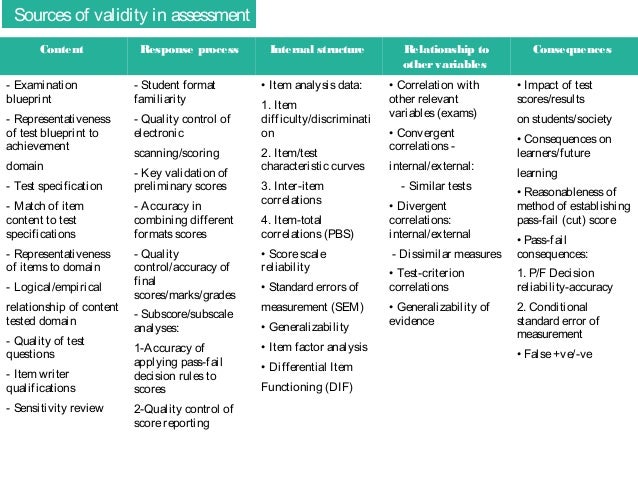
The bigger the sample size the higher the likelihood that the results are precise. Is the sample size and response rate sufficient? Since this non-probability snowball sample has a greater likelihood of reaching students active in such clubs, the results won’t be representative or generalisable. To illustrate the difference, let us say you survey first-year students by asking student clubs to share the survey on social media. It is also a prerequisite for being able to generalise the findings to the population (see below). A probability sample is a sample in which every individual in the population has the same chance of being included. There are two main types of samples, namely probability and non-probability samples. How the individuals in the sample, ie those approached to be surveyed, have been identified is crucial in determining the representativeness of the results. In the social sciences, structured interviews and self-completion questionnaires are perhaps the two most common ways of collecting quantitative data.

If for example a student recruitment fair organiser sponsors a study on the efficiency of different recruitment methods, you should be critical of the results, particularly if student fairs emerge as the most efficient recruitment method. It is of equal importance to check if a third party has sponsored or funded the study as this could further affect the objectivity of the study. If so, the research should be transparent in demonstrating how the different stages of the study were conducted to guarantee its objectivity.


Additionally, assessing if the organisation has an interest in a specific research outcome is a good practice. It is therefore important to look at who has conducted the research, and if the organisation or individual in question has the expertise required for conducting research on the topic. Who conducted the study?Ī myriad of organisations in the field offer intelligence that feed into the decisions in our daily work. In order to make best use of the findings and place them in context for your use, it is advisable to bear the aim of the study in mind. Whether the aim of the research was to generate income, lobby for a policy change, evaluate the impact of a programme or develop a new theoretical framework, this will influence the research questions, data collection and analysis, and the presentation of the results.


 0 kommentar(er)
0 kommentar(er)
